Telecamera di sorveglianza senza connessione Wi-Fi | Come funziona?
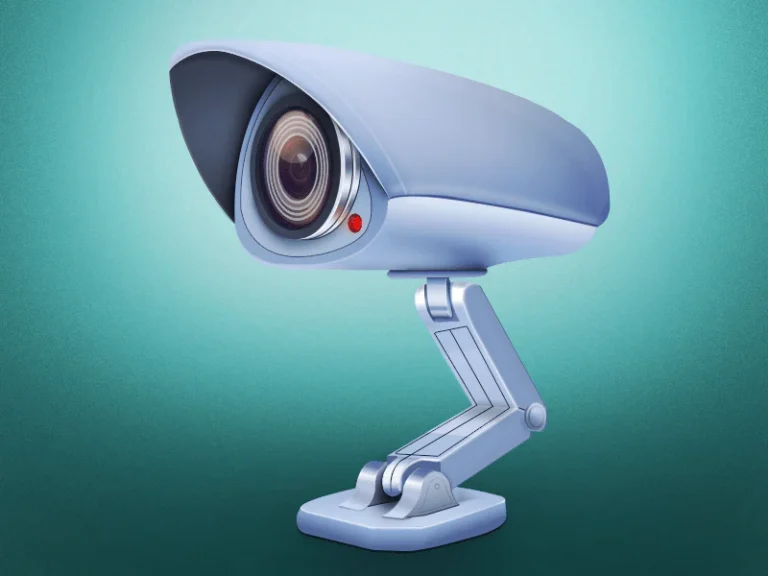
A reliable power supply is a crucial component for the effective operation of a CCTV system. The choice of power supply directly affects the performance, durability, and reliability of the entire surveillance setup. CCTV cameras, DVRs (Digital Video Recorders), NVRs (Network Video Recorders), and other associated components all require stable and consistent power to function optimally.
There are several types of power supplies available for CCTV systems, including direct plug-in adapters, centralized power supplies, and Power over Ethernet (PoE). Each has its advantages and considerations.
Direct plug-in adapters are straightforward and commonly used for small-scale CCTV setups. Each camera or device has its individual adapter, which can be plugged into a standard electrical outlet. While this method is simple and cost-effective for smaller installations, it can become cumbersome and inefficient for larger systems with numerous cameras.
Centralized power supplies offer a more organized and efficient solution for medium to large-scale installations. These units consolidate power for multiple cameras into a single box, often mounted in a secure location. This reduces the clutter of multiple adapters and can simplify maintenance and troubleshooting. Centralized power supplies can also include battery backups, ensuring that the system remains operational during power outages.
Alimentazione tramite Ethernet (PoE) is an increasingly popular choice, especially for IP camera systems. PoE allows both power and data to be transmitted over a single Ethernet cable, simplifying installation and reducing the need for additional power infrastructure. PoE switches or injectors can power multiple cameras from a single source, and advanced systems can offer remote power management capabilities, allowing administrators to reset cameras or diagnose power issues remotely.
When selecting a power supply for a CCTV system, several factors should be considered, including the total power consumption of the system, the distance between the power source and cameras, and any environmental factors that might affect power stability. Ensuring adequate power delivery and planning for potential disruptions are critical for maintaining a reliable and secure surveillance system.

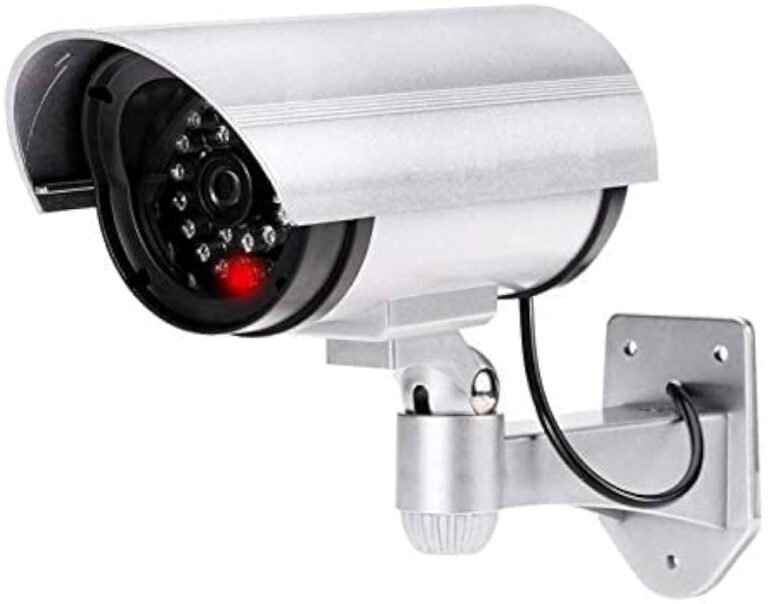
Per verificare il funzionamento della telecamera di videosorveglianza, ispezionarla per verificare eventuali danni fisici o segni di manomissione. Successivamente, verifica l'alimentazione e assicurati che tutti i collegamenti siano ben saldi. Pulisci e regola l'obiettivo della telecamera per una visione chiara...
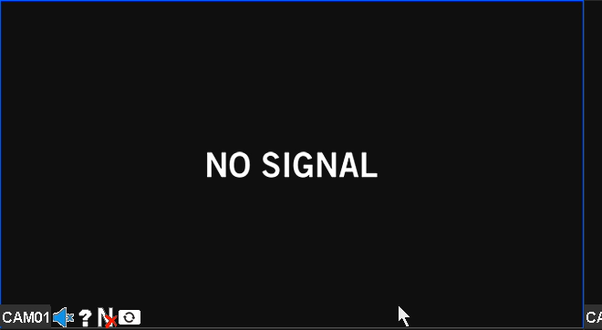
Innanzitutto, verifica che il tuo DVR Hikvision sia correttamente collegato all'alimentazione e che l'alimentatore funzioni correttamente. Utilizza un multimetro per controllare la tensione e valuta la possibilità di installare una batteria di backup per garantire la stabilità dell'alimentazione. Successivamente, ispeziona tutti i collegamenti dei cavi per verificarne la sicurezza e la qualità;…
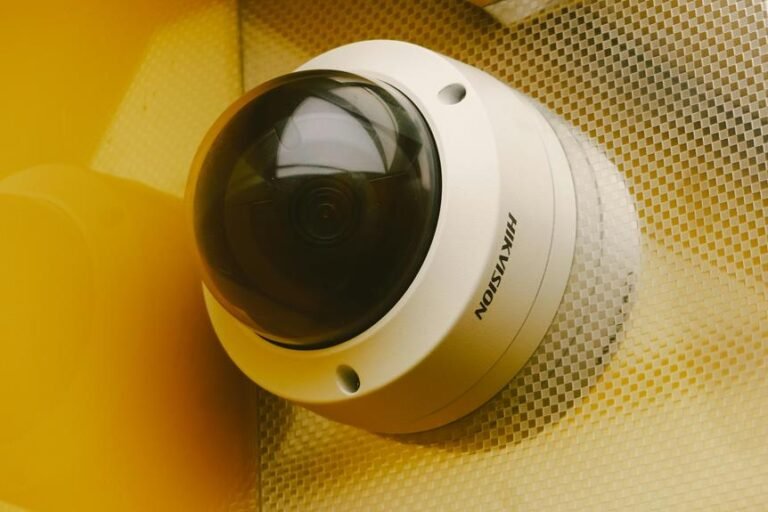
Non farti prendere dal panico se la tua telecamera di sorveglianza perde improvvisamente il segnale video. Per prima cosa, controlla l'alimentatore e assicurati che l'adattatore sia collegato saldamente. Quindi, ispeziona tutti i collegamenti dei cavi e tirali delicatamente per verificarne il corretto fissaggio. Verifica…
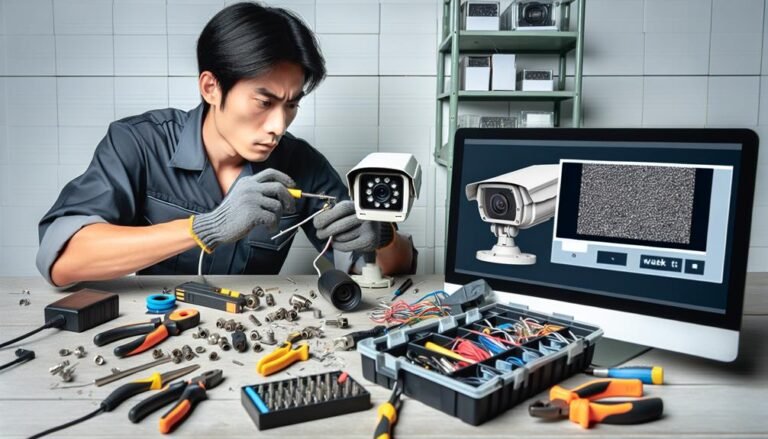
Per risolvere il problema della perdita di segnale video di una telecamera di videosorveglianza, inizia controllando l'alimentatore. Verifica che la telecamera sia ben collegata e che l'adattatore funzioni. Quindi, ispeziona tutti i cavi per verificare la presenza di danni e assicurati che tutti i collegamenti siano corretti. Controlla le impostazioni della telecamera per assicurarti che...